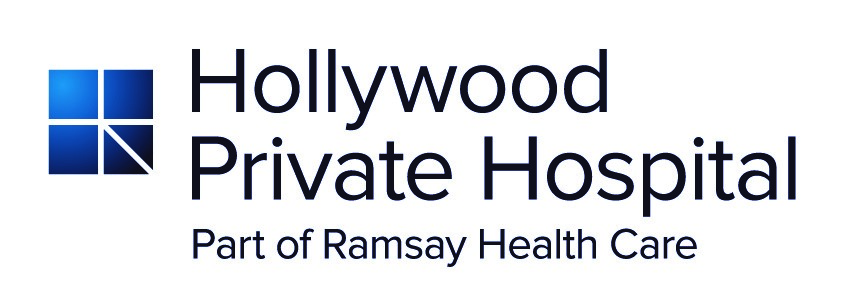Frequently Asked Questions
An innovative surgery that can provide greater weight loss than either a standard sleeve gastrectomy or gastric bypass.
Sleeve gastrectomy removes part of the stomach, resulting in a reduced capacity to eat and a reduced level of ghrelin, the hormone that causes hunger. The amount of food that can be eaten in one sitting is approximately 100 ml or half a cupful. This volume can be tailored to your individual needs and desires.
Intestinal bypass involves joining the lower part of the small bowel to the reduced stomach pouch. This results in food bypassing part of the small intestine, which causes a reduction in the absorption of fat, sugar, and calories that are consumed. The amount of small bowel bypassed can be varied depending on the desired weight loss.
The advantages of the SIBS (Stomach Intestinal Bypass with Sleeve Gastrectomy) procedure include:
- Enhanced Weight Loss: SIBS combines techniques to potentially achieve greater weight loss compared to individual procedures.
- Hunger Control: SIBS reduces ghrelin production, helping control appetite and promote long-term weight management.
- Customised Volume: The stomach pouch size can be tailored to individual needs and satisfaction.
- Reduced Calorie Absorption: SIBS bypasses part of the small intestine, decreasing calorie absorption.
- Potential Metabolic Benefits: SIBS may improve blood sugar control, lipid levels, and other metabolic parameters.
It’s important to note that the advantages of any surgical procedure can vary from person to person, and there may also be potential risks and considerations. Consulting with a qualified bariatric surgeon is crucial to evaluating your individual situation and determining if the SIBS procedure or any other weight loss surgery is suitable for you.
The recovery time from SIBS (Stomach Intestinal Bypass with Sleeve Gastrectomy) surgery can vary from person to person, and it depends on several factors, including individual healing abilities and the specific surgical approach used. Generally, here is a general timeline for the recovery process:
- Hospital Stay: After SIBS surgery, patients typically remain in the hospital for a few days to monitor their condition, manage pain, and ensure they can tolerate oral intake.
- Immediate Post-Surgery Period: In the first week or two following the procedure, patients will gradually transition from a liquid-only diet to a pureed and then soft food diet as instructed by their healthcare team.
- Physical Recovery: Patients may experience discomfort, pain, or fatigue in the initial weeks after surgery. It’s important to follow the surgeon’s guidelines regarding physical activity, gradually increasing mobility, and resuming daily activities as tolerated.
- Dietary Changes: Following SIBS surgery, patients will need to make significant changes to their eating habits and adhere to a strict diet plan provided by their healthcare team. This typically involves consuming smaller meals, focusing on high-protein, low-fat, and low-sugar foods, and avoiding certain foods that may cause discomfort or hinder weight loss.
- Long-term Follow-up: Regular follow-up appointments will be scheduled with the healthcare team to monitor progress, address any concerns or complications, and provide ongoing support throughout the weight loss journey.
It’s essential to remember that recovery times can vary, and some individuals may experience a faster or slower recovery. It’s crucial to consult with your surgeon or healthcare team for personalised information regarding the expected recovery timeline and specific instructions for your case.
Ask a question or Book an Appointment
Please fill in the online enquiry form to ask a question or book an appointment. We look forward to seeing you soon.
OR CALL TODAY ON






